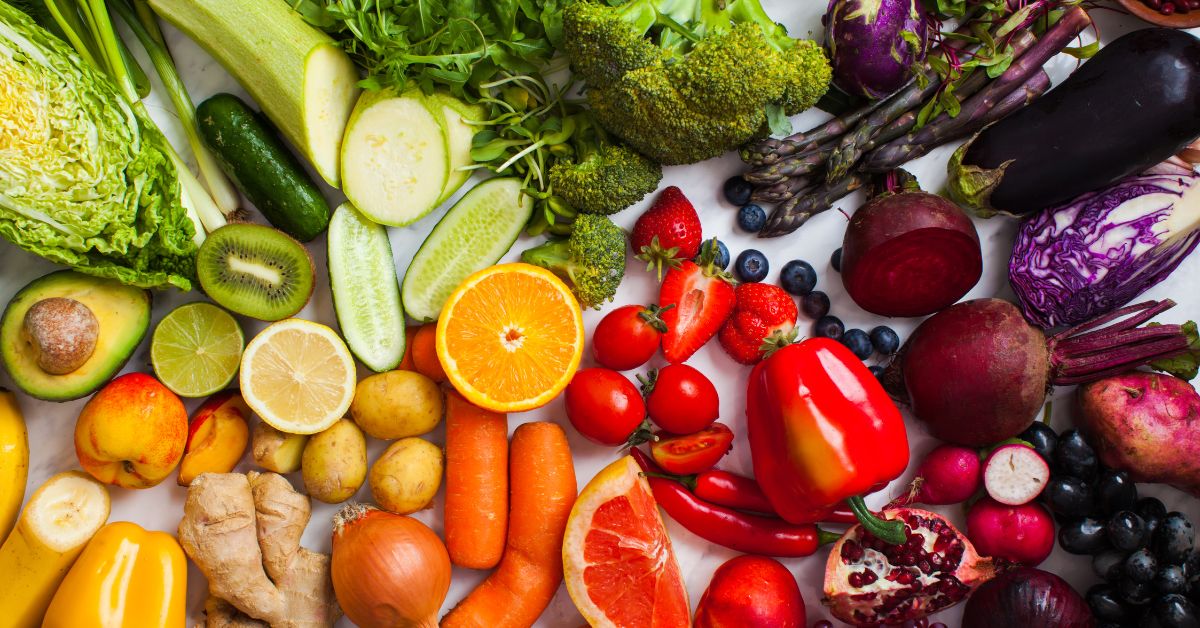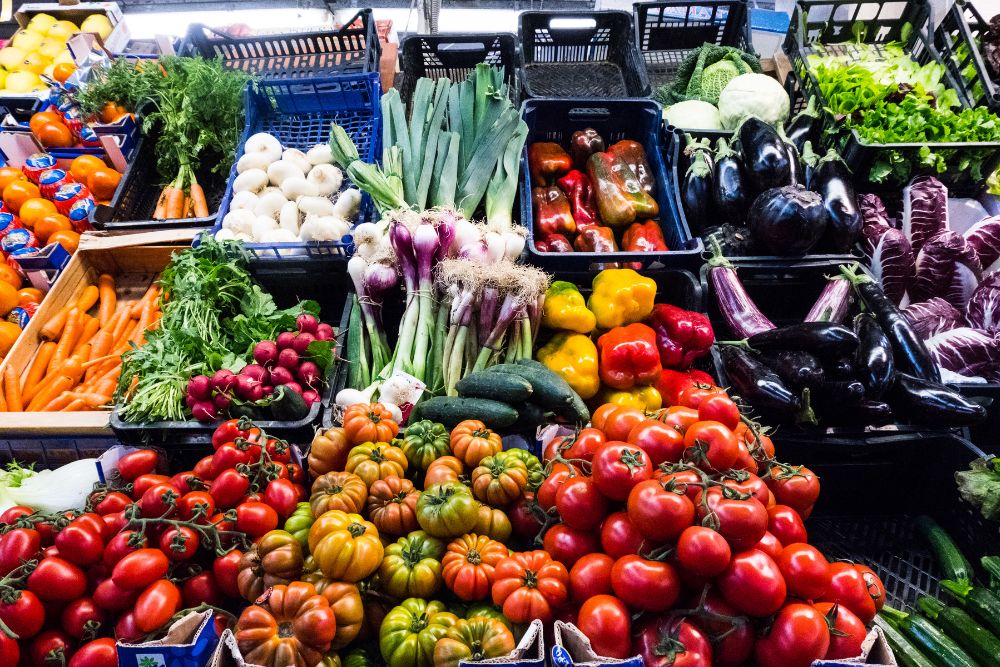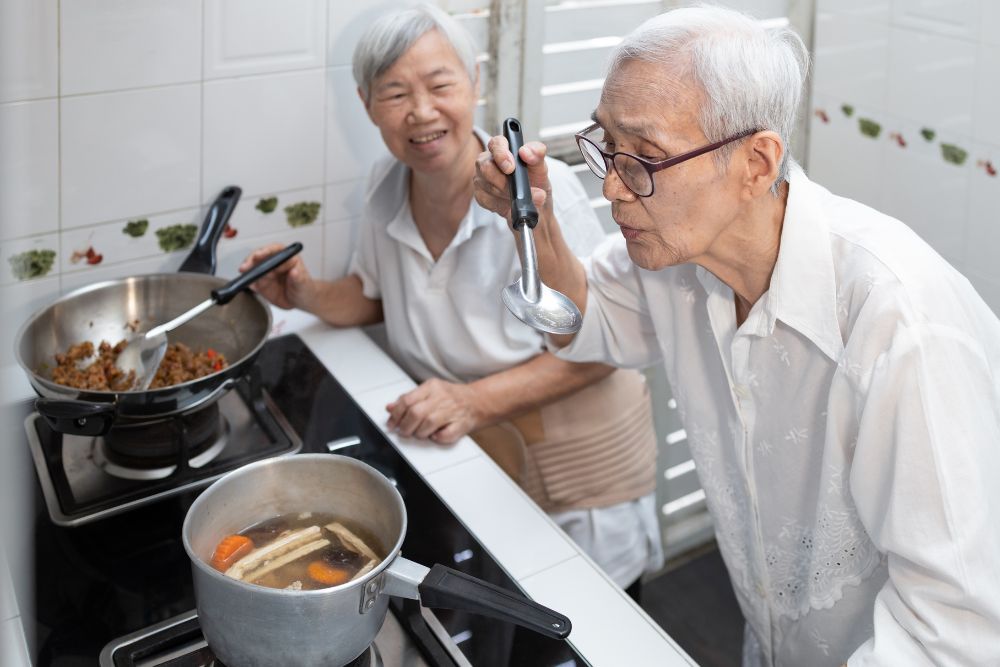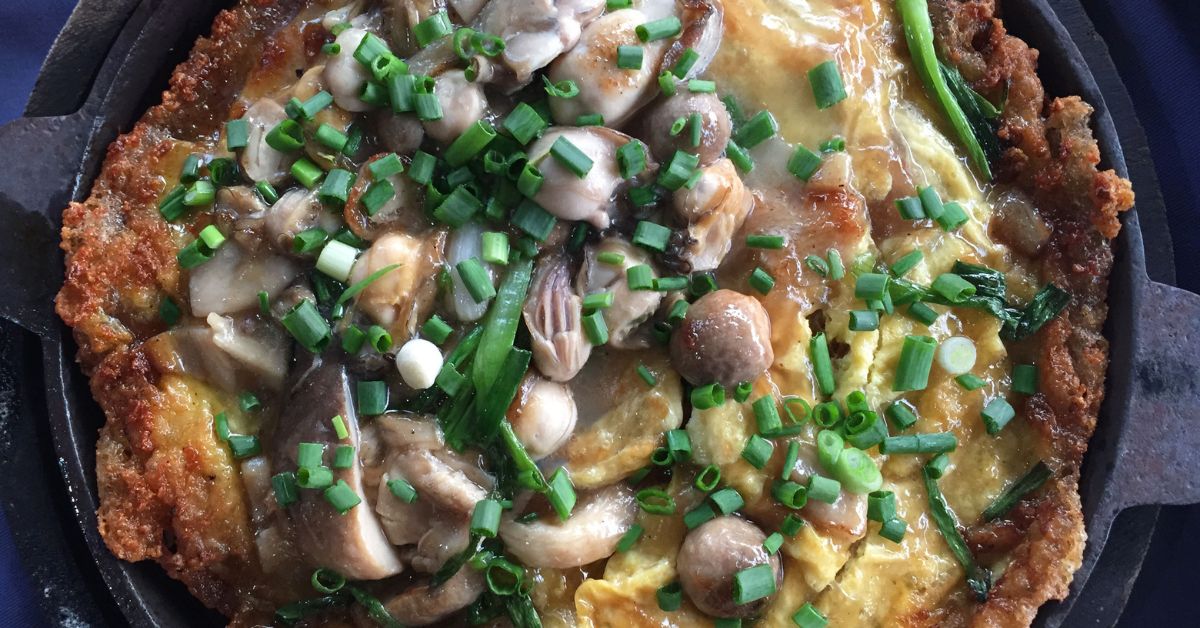
Looming dark clouds have begun to gather over Singapore.
We’re not talking about metaphorical portents of doom, or torrential, flood-causing rain, but nobody’s favourite foul-weather friend, haze.
This reoccurring thorn in Singapore’s side consists of a mix of fine particulate matter (PM), pollutants and toxic gases like nitrogen dioxide and sulphur dioxide.
Haze is not only known to irritate the throat, nasal cavity and skin, but also cause increased risk of heart attacks and strokes, especially among vulnerable individuals like seniors and those with preexisting conditions.
How then, should one respond to the almost-annual return of haze? Apart from shutting ourselves indoors where possible and employing the use of air purifiers, one can also consider powering up their diet with antioxidant-rich foods.
Advertisement
SilverStreak speaks to Mary-ann Chiam, senior principal dietician at Allium Healthcare, to find out more about the potential benefits of foods rich in antioxidants for the silver community.
She has over 22 years of experience in the field, having previously led food service teams at Singapore General Hospital and Bright Vision Hospital.
What are the benefits of maintaining an antioxidant-rich diet for silvers?
Antioxidants play a pivotal role in safeguarding the body against the harmful effects of unstable molecules called free radicals.
These free radicals are formed when atoms in the body lose or gain charged particles, known as electrons.
While free radicals serve essential functions in biological processes like cell division and immune defence, an excessive accumulation of free radicals can cause significant damage to cells.
This damage has been linked to health conditions like cancer, heart disease, high blood pressure, and diabetes.
Antioxidants, found naturally in many fruits, vegetables, and other foods, function as defenders against the harmful effects of free radicals.
They neutralise free radicals by donating electrons, thus preventing cellular damage.
Antioxidants encompass a range of substances, including vitamin C, vitamin E, vitamin A, beta-carotene, glutathione, coenzyme Q10, lipoic acid, flavonoids, phenols, polyphenols, and phytoestrogens.
The benefits of an antioxidant-rich diet for silvers are multi-fold:
- Protection Against Chronic Diseases: Consuming a diet rich in antioxidants has been associated with a reduced risk of chronic diseases like cancer and heart disease. Antioxidants can help counteract the cellular damage that may contribute to these conditions.
- Eye Health: Antioxidants, particularly vitamins C and E, can help lower the risk of age-related macular degeneration (AMD) and cataracts, both of which can impact vision as we age.
- Heart Health: While research on the benefits of antioxidant supplements for heart health is debated, there's evidence that diets high in fruits and vegetables, which are rich in antioxidants, are linked to a reduced risk of heart disease and stroke.
- Skin Health: Antioxidants like vitamins C and E have shown potential benefits for the skin, including improving the appearance of wrinkles, protecting against UV (ultraviolet) damage, and maintaining skin softness.
- Overall Well-being: Antioxidant-rich diets are often high in fibre, low in saturated fat, and packed with essential vitamins and minerals. This contributes to improved digestion, a healthy weight, and overall well-being.
It’s important to note that while antioxidant supplements are available, they might not offer the same benefits as obtaining antioxidants from a well-balanced diet.
Moreover, excessive supplementation could have potential risks, as indicated by conflicting findings in research.
Could you give us some examples of antioxidant-rich foods?

Here are some examples of foods rich in antioxidants:
Beta-Carotene Sources:
- Carrots
- Sweet potatoes - orange better
- Squash
- Pumpkin
- Apricots
- Kale
- Spinach
Lycopene Sources:
- Watermelon
- Papaya
- Pink grapefruit
- Tomatoes
Vitamin A Sources:
- Carrots
- Sweet potatoes
- Egg yolks
- Liver
- Milk
Vitamin C Sources:
- Various fruits and vegetables
- Poultry
- Beef
- Fish
- Certain cereals
Vitamin E Sources:
- Almonds
- Broccoli
- Mangoes
- Various oils (corn, soybean, safflower)
Berries and Berry Products:
- Blackberries
- Wild strawberries
- Cranberries
Herbs and Spices:
- Many herbs and spices are also high in antioxidants
Other Antioxidant-Rich Foods:
- Nuts
- Coffee
- Dark chocolate
- Red wine
The amount of antioxidants needed to see noticeable effects can vary based on individual factors such as age, lifestyle, and overall health status.
There is no specific “magic number” for antioxidants one needs to consume, as antioxidants work synergistically with each other and with other nutrients in the body.
The general guideline is to consume a rainbow of colourful fruits and vegetables regularly.
What more can be done to promote diet awareness in Singapore, especially among silvers?

I believe that promoting diet awareness among the older generation in Singapore requires a thoughtful approach, considering the unique cultural, social, and technological factors that influence this demographic.
Senior groups with a religious foundation can come together for gatherings that include cooking sessions, health talks led by dietitians, as well as participating in walking clubs and gardening.
These activities promote bonding and enhance nutrition knowledge and overall well-being when experienced together within the peer group.
Workshops, seminars, and cooking classes on healthy eating and nutrition can provide direct interaction and practical knowledge transfer, which can be more impactful for the older generation.
To that end, we can leverage community centres, senior centres, and other social hubs to create a support network for healthy eating.
Would this be easier in a nursing home or an assisted care living facility like the one managed by Allium Healthcare?

Based on my experience, I find that the provision of diets and adherence to them varies.
For example, nursing homes are known for their structured and controlled settings. These environments often feature meals that are outsourced.
We prepare breakfast and snacks in their individual household kitchens to recreate a home environment.
Dietitians and culinary staff work together to design and create well-balanced and nutritionally complete meals customised to the specific needs of residents.
Apart from convenience, our staff is able to keep a watchful eye on residents’ eating patterns.
When it comes to stay-at-home care or living alone with a foreign domestic worker, I’ve observed that the dynamics of dietary management are nuanced.
Several factors come into play, including personal preferences, the availability of ingredients, and the caregiver’s proficiency. Care within a home environment often entails meal preparation carried out by family members or domestic workers.
However, the structuring of dietary planning might not be as regimented as that seen within a care facility. The assortment of meals prepared at home could potentially be constrained by the available culinary skills and ingredient range, which might result in a less diversified diet.
Conforming to dietary recommendations might fluctuate based on the caregiver’s grasp of the individual’s dietary requirements and health objectives.
Individuals situated at home are also more likely to exert greater independence when making selections about their meals.
It is imperative to acknowledge that each person’s circumstance is unique.
Irrespective of the care environment, sustaining transparent communication with healthcare professionals, including dietitians, emerges as crucial to guaranteeing that dietary prerequisites are adequately fulfilled.
Ultimately, whether situated in an assisted living facility or undergoing care at home, the overarching aim remains to furnish nourishing meals that bolster overall health and well-being.





